Canada's ancient giants: grown over five centuries, felled in five minutes
The temperate old-growth forests of British Columbia are one of the rarest ecosystems on the planet, but that’s not stopping Canadian loggers: Across the province, 90 percent of the ancient giants have already been felled. Tell the provincial government to stop the destruction and protect the remaining ancient forests.
News and updates Call to actionTo: BC Premier John Horgan; Minister of Forests, Lands and Natural Resource Operations Katrine Conroy
“Stop the felling of ancient giants and protect British Columbia's temperate old-growth forests.”
Canada is synonymous with endless forests, clear lakes and snow-capped mountains. It’s hard to imagine that these magnificent landscapes could be threatened. Yet Canada’s most ancient forests, including some of the last intact temperate rainforests of Vancouver Island, are being destroyed at a rate of hundreds of soccer fields per day.
Nothing is safe in the path of the chainsaws – ancient Sitka spruce, Douglas fir, yellow and western red cedar trees, some older than 1,000 years. 90 percent of BC's giant trees have already been felled. The clear-cutting is destroying the habitat of bears, wolves and salmon. The population of marbled murrelets, a seabird that nests in old-growth forests, has already collapsed. For thousands of years, these forests have been in the territories of Indigenous Peoples who used their plants and animals sustainably.
“When these ancient forests are cleared, they are gone forever,” says Jens Wieting of Sierra Club BC. Second-growth trees are felled after only a few short decades, which does not give the biodiversity of the original forests a chance to recover. Climate change is putting the forests under additional pressure.
The full extent of the destruction was brought home in 2014 when pictures of “Big Lonely Doug” were published – a towering, solitary Douglas fir left standing in the middle of a clear-cut area.
In 2020, the BC government promised to implement the recommendations of an independent old-growth panel. But the world is still waiting for an implementation plan and the funding to realize it, and with few exceptions, business-as-usual logging of old-growth forest continues.
Please tell the provincial government of British Columbia to put an end to the clear-cutting of the last old-growth forests and the felling of their giant trees NOW. These majestic trees must not be sacrificed to short-sighted business interests.
BackgroundCanada’s forests cover an area of more than 347 million hectares. Only Russia and Brazil have more forest.
Only 6.9 percent of Canada’s forests are protected, including 0.1 percent as “strict nature reserves”.
Many of Canada’s old-growth forests have very high conservation values, in particular coastal and inland rainforests in temperate latitudes which cover less than one percent of the Earth’s surface. They play an outstanding role for biodiversity and hold significant cultural values for Indigenous Peoples who have looked after these forests for thousands of years without destroying them. They can store more than 1,000 tons of carbon per hectare – a record value.
Globally, the vast majority of temperate old-growth rainforests has already been logged. A significant part of the remaining intact old-growth forest of this type can be found in British Columbia (B.C.).
In this province, “old-growth forests” are generally defined as forests that are older than 250 years on the coast and older than 140 years in the interior. These forests have never been exploited commercially. They therefore have many of the properties of ancient forests, such as structural diversity.
Hope followed by despair in British Columbia
In the fall of 2020, the B.C. government published the report from its old-growth panel and committed to implementing its recommendations. After meeting with people from across the province, the independent panel found that many old-growth ecosystems are at increasingly severe risk of species loss and concluded that a paradigm shift was needed to respond to the biodiversity crisis.
The panel highlighted that the B.C. government had failed for decades to follow through with past recommendations or strategies that could have prevented the old-growth crisis the province is faced with today.
In its response, the B.C. government acknowledged for the first time that provincial old-growth management had “caused a loss of biodiversity” and the “need to do better.” Importantly, the panel and the B.C. government recognized what Indigenous Peoples in Canada have been saying all along: Indigenous governments must have a say in decisions about what happens on their land.
For the first time in decades, it seemed like the door to protecting what little remains of the last ancient giants across the province cracked open.
The reality in 2021, however, is sobering: the vast majority of at-risk forests remain open for logging and the B.C. government has not yet committed to a framework with implementation dates or funding for implementation, Indigenous-led conservation solutions and the transition in the forestry sector to prepare for the inevitable end of old-growth logging.
As part of the immediate response, the old-growth panel recommended a halt on logging in all at-risk old-growth within six months. According to ecologists, however, only a tiny fraction of the small number of deferral areas announced in September 2020 were at-risk forest, leaving the vast majority of the most endangered forests unprotected.
The independent “Last Stand” report showed in 2020 only 415,000 hectares of old-growth forests with big and very big trees remained (less than 1 percent of B.C.’s total forest area). It also showed 75 percent of these last critical stands remain unprotected and open to logging.
The case for change
Protecting endangered old-growth sustains irreplaceable environmental services vital for health, safety and well-being and reduces climate risks such as droughts, flooding and fire that are made worse by clearcutting, safeguards natural carbon sinks, and supports economic diversification (e.g. tourism, recreation, conservation revenue).
Deferrals and other mechanisms to immediately halt logging in B.C.’s at-risk old forests are essential to protect biodiversity, leave opportunities available for economic diversification of First Nations and forest-based communities, and allow time to reform the forestry sector.
Support for immediate deferrals was echoed in the fall of 2020 by the Union of B.C. Indian Chiefs (UBCIC) resolution calling for logging deferrals to encompass “all threatened old-growth forests.” Shortly after, Grand Chief Stewart Phillip called for chainsaws to be put down while discussions take place, saying “It makes no sense to have a protracted dialogue if, at the end of it, we discover the old-growth is gone.”
The panel also recommended the government take steps to address the ongoing decline in B.C.’s forest sector, as evidenced by mill curtailments and closures, labour disputes and market uncertainty. The B.C. government can save and create jobs by ending raw log exports and investing in value-added wood product manufacturing, government stewardship, ecoforestry and restoration.
Economic analysis shows that the economic value of the benefits of endangered old-growth forests is greater than the short-term profit from logging it. The forest sector crisis is complex and multifaceted, but continued logging of the last big old trees is no solution, because they are non-renewable, considering time-scales and climate change.
There is growing support for old-growth protection (polling shows 92 percent support across B.C.) as evidenced by diverse groups speaking out, including First Nations and forest industry workers.
Both Canada and the U.S. are now committed to the global initiative seeking protection of 30 percent protection of lands and waters by 2030, with emphasis on high biodiversity and irreplaceable natural carbon sinks. Mapping of these values shows there are few regions in North America and globally that could contribute more to this goal than B.C. and inspire other parts of the world to address the biodiversity and climate crisis.
The new national commitments present an opportunity for B.C. to make equivalent commitments, seek partnerships with billion-dollar federal and private funding initiatives and become a global leader in the movement to support Indigenous Peoples in protecting Earth’s most biodiverse regions.
This includes regions where First Nations are taking leadership roles in conservation in B.C. – places like Clayoquot Sound and the Great Bear Rainforest. These regions require ongoing provincial leadership to ensure Indigenous-led conservation models are successful and don’t slide backwards.
Immediate measures (e.g. deferrals and funding for economic relief) support reconciliation with First Nations and advance B.C.’s Declaration on the Rights of Indigenous Peoples Act (DRIPA), safeguarding First Nations cultural resources and creating opportunities for old-growth protection to be incorporated into Indigenous-led land-use planning, new governance models and economic initiatives while there is still old-growth forest left.
Canada’s timber exports are on the rise
In 2016, Canada exported timber and wood products worth C$34.4 billion; trade with the United States accounted for C$23.8 billion, China C$4.8 billion and Japan C$1.4 billion.
Between 2015 and 2016, Canada’s timber exports increased by 5.3 percent. The export of softwood lumber increased by as much as 17 percent and timber panels by 21.6 percent.
British Columbia has increasingly been exporting unprocessed logs, closing down sawmills and reducing the number of jobs in forestry.
Further information
Sierra Club B.C.:
B.C. not on track to meet milestones for old-growth, First Nations and forestry transition
10 reasons to save old-growth forests
Sierra Club BC submission to BC’s old-growth panel
The Narwhal:
In photos: see old-growth go from stand to stump on B.C.’s Vancouver Island
B.C.’s old-growth forest nearly eliminated, new provincewide mapping reveals
Business Vancouver:
B.C. raw log exports to Asia soar
Natural Resources Canada:
To: BC Premier John Horgan; Minister of Forests, Lands and Natural Resource Operations Katrine Conroy
Dear Premier Horgan,
Dear Minister Conroy,
British Columbia’s coastal rainforests define Canada’s image the world over. The ancient forests with giants that soar to a height of 80 meters are one the rarest ecosystems on the planet and an attraction for visiting nature lovers.
Yet these forests are in great danger: the temperate rainforests of Vancouver Island are being destroyed at a rate of three square meters per second, or more than 10,000 hectares a year. 90 percent of the giant evergreens have already been felled.
Please do not allow coastal rainforests and other old-growth forests to be completely and irreversibly destroyed.
We ask you to impose an immediate moratorium on the logging of intact forests in hotspots such as Central Walbran and other valuable areas on Vancouver Island and the mainland.
Please adopt forest protection legislation for British Columbia, based on the experience gained in Great Bear Rainforest, as soon as possible. Ensure that the largest possible forest areas are protected.
We call on you to respect the rights of the First Nations and strengthen them by protecting the forests, rivers and lakes and developing alternative sources of income that do not rely on logging.
Protecting British Columbia’s coastal temperate rainforests to the south of Great Bear Rainforest would be an environmental milestone that would garner worldwide acclaim.
Yours faithfully,
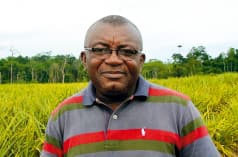
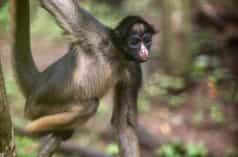

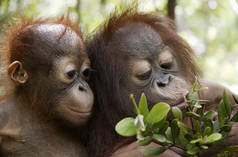

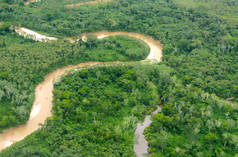
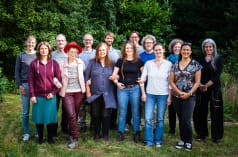










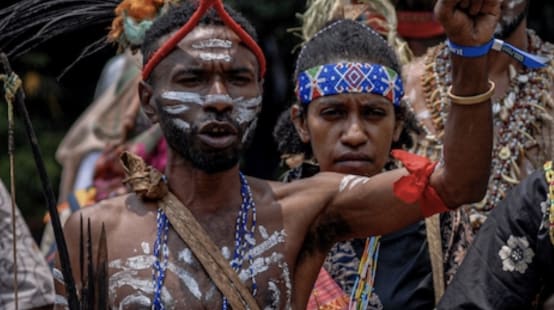
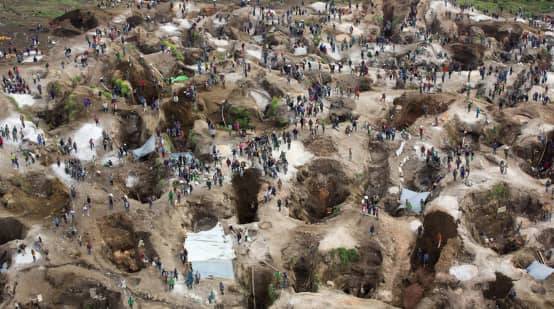
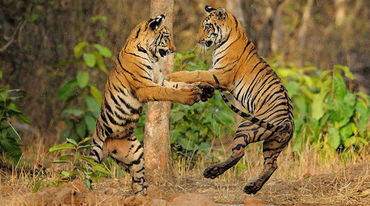 Recent successes
Recent successes